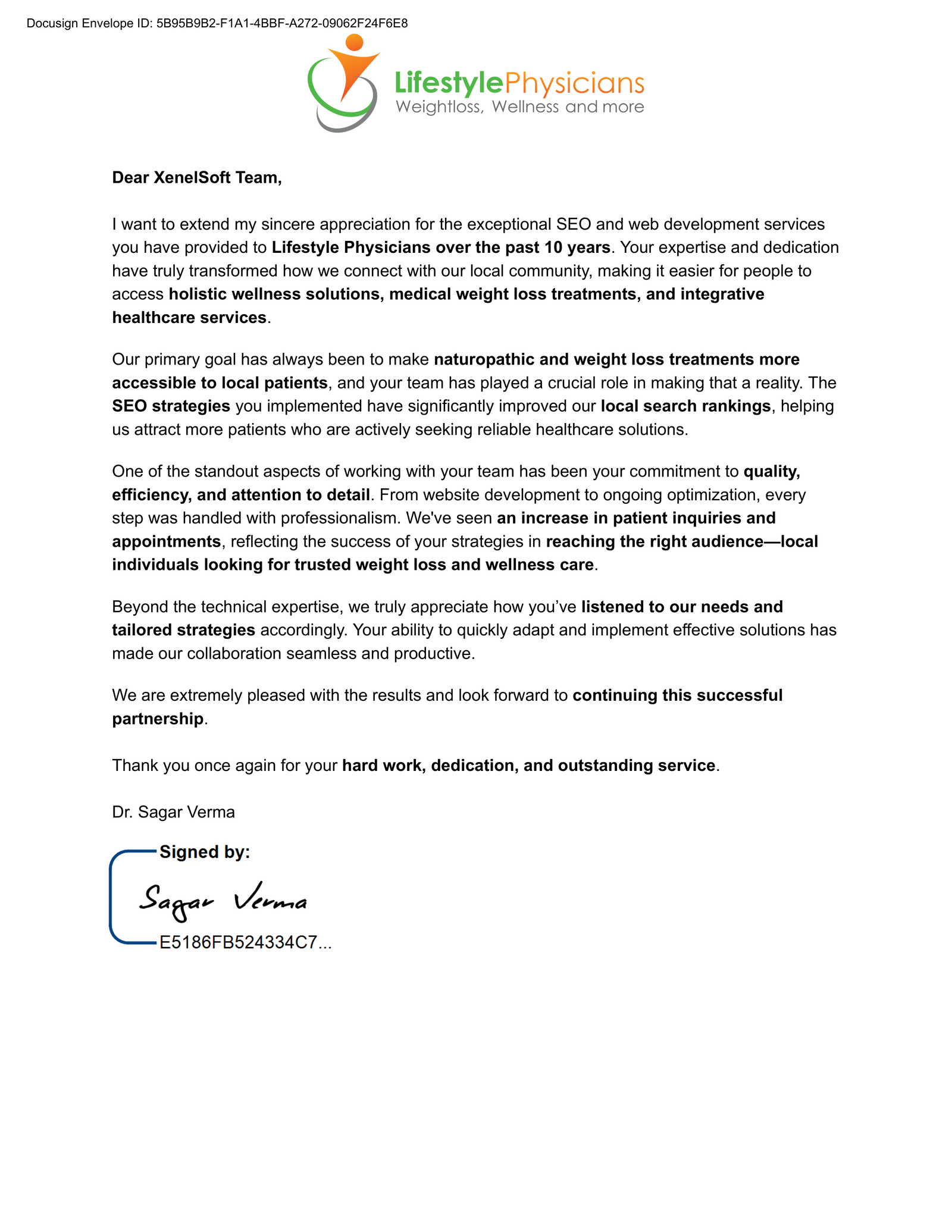Your Trusted Mobile
App & Web Development Company
See How We’ve Grown
We are a technology-based company with a strong focus, that understands your business needs to provide the best expertise in mobile/web application development. With an expert team, dedicated to delivering excellence our developers will help you to develop Web and Mobile applications for your online business.
The websites and apps we develop will help your business reach and engage the right audience online. Our services support businesses in the journey of building web and app-based software, providing a great user experience. With over 11 years of experience, XenelSoft has earned a reputation for trust in the market for its advanced, premium solutions because our goal is not just to meet your expectations, but to exceed them.
Pick the Right Solution for Your Business
Whether ideating, growing, or optimizing, We’re here to support you with our expert solutions.
Our Expertise
Our goal is to understand your business needs so deeply that our solutions naturally fit, ensuring your success.





























Let’s Build Something Amazing Together
Industries We Work With
We're proud to serve industries that keep the world's economy moving. Each industry deserves a custom solution.

























 Our Achievements
Our Achievements
Speak For
Us
We don’t work for awards, but they remind us we’re on the right path. Dedication, long hours, & a commitment to quality have earned us industry recognition. As an award-winning agency, delivering quality isn’t just a goal—it’s our promise. These awards aren’t just decorations; they are proof of our efforts, using tried-and-tested methods and a collaborative approach to provide innovative ideas and the best solutions for our clients.
 Proud
Proud
Moments
One of our notable achievements is being honored by Dainik Jagran for excellence in IT services. This recognition highlights our dedication to helping global clients make smarter tech decisions and achieve growth. It highlights our focus on building smooth processes, delivering impactful customer experiences, and providing quick, effective tech solutions. We continue to work hard to deliver the best in every project we take on.

Trusted by Our Clients
Their success is our success—find out what they have to say.

Trusted by
Our Clients
Their success is our success—find out what they have to say.
Brands That Believe in Us
Success starts with our valued partners.
















Explore Our Insights
Stay informed with our thoughtful articles and industry insights.

Is GEO the New SEO? Why Your Local Business Needs to Know
In the age of artificial intelligence, everything is changing, and on the internet, SEO and GEO are playing significant...

Amazon’s Departure from Google Ads: Strategic Shift or Power...
Amazon has completed a well-thought-out worldwide pullout from Google Shopping advertisements in the last month, marking...

How Do Search Engines, ChatGPT, and AI Search Actually Work?
If you’ve ever wondered “How does Google know what I’m looking for?” or “How does ChatGPT give me answers instantl...

Exciting News: XenelSoft Technologies Featured on NyWeekly!
We are pleased to share that Xenelsoft Technologies has recently been featured in a detailed article on Nyweekly, which...
Frequently Asked Questions
Your Questions, AnsweredFind quick solutions and helpful insights to get all the information you need.
Have More Queries ?
Healthcare | E-commerce | IT & Consulting | Telecommunications | Automobiles | Insurance | Gems & Jewels | Logistics | Social Media | Startups | Ed-Tech | Event Management | Food Delivery | Hospitality | Entertainment | Crypto | Travel & Tourism | Finance | Retail | Real Estate & more!
We provide personalized solutions for businesses of all sizes, whether you're a startup or an established brand.
We work with the latest technologies and frameworks to ensure your project is innovative and future-proof. Some of the technologies we specialize in include:
Mobile: React Native, Flutter, iOS, Ionic, Android, Java, Kotlin, Swift
Web Development: HTML5, CSS3, JavaScript, Angular, React, JQuery, Vue.JS, Bootstrap
Backend: Node.js, PHP, Java, Python, Ruby on Rails, Laravel
CMS: WordPress
Database: MySQL, MongoDB, PostgreSQL
E-Commerce: Shopify, Magento
We’re Just One Click Away
Send us your details, and we’ll offer the support you need.
XenelSoft
Worldwide Presence
As a leading digital solutions company, XenelSoft operates globally, delivering services from multiple locations around the world.

B-79, First floor, Sector-63, Noida-201301, India.


11 Woodlands Close, #03-35 Woodlands 11,Singapore (737853)


70 Manning Road, BS4 1FL, Bristol, United Kingdom

.png)
4380 south service road unit 14 Burlington ON

General Enquiry


Be the First to Know –
Join Us












